How Sensory Toys Facilitate Learning for Children with Autism
How Sensory Toys Facilitate Learning for Children with Autism
Autism Spectrum Disorder (ASD) affects approximately 1 in 54 children in the United States, according to the Centers for Disease Control and Prevention (CDC). Children with ASD often experience difficulties with communication, social interaction, and repetitive behaviors. They may also have sensory processing issues, which means they may experience heightened sensitivity or under-responsiveness to certain stimuli such as light, noise, touch, or smell.
Sensory toys are designed to stimulate the senses and provide a supportive and calming environment for children with ASD. They can help improve their communication and social skills, increase their focus and attention, and reduce anxiety. In this blog post, we will discuss how sensory toys facilitate learning for children with autism.
1. Sensory Toys Promote Exploration
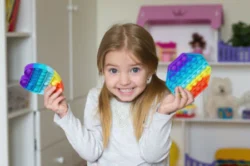
Children with ASD may have limited interests and prefer repetitive behaviors. Sensory toys provide opportunities for them to explore different textures, colors, and shapes, which can stimulate their curiosity and encourage them to try new things. It also helps them develop their fine motor skills and hand-eye coordination, necessary milestones for children to meet.
2. Sensory Toys and Weighted Items Can Help with Self-Regulation

Sensory toys can be a great way to help children with ASD calm themselves down when they are feeling overwhelmed or overstimulated. For example, a soft blanket or weighted vest can provide a sense of comfort and security, which can help reduce anxiety and stress levels.
3. Sensory Toys Improve Communication Skills
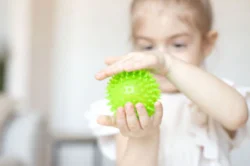
Many children with ASD have difficulty with verbal communication. Sensory toys provide non-verbal communication opportunities, such as shaking a rattle or banging on a drum. This helps the child to communicate their feelings or emotions without relying entirely on verbal communication.
4. Sensory Toys Help Develop Social Skills
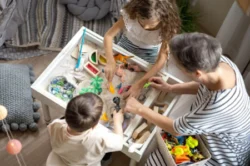
Sensory toys can be used in social situations to help children with ASD develop social skills. For example, playing with sensory toys with peers or siblings can encourage turn-taking, sharing, and collaboration.
5. Sensory Toys Enhance Sensory Integration

Children with ASD may have sensory processing issues, which means they may require more stimulation or less stimulation to achieve sensory integration. Sensory toys can help provide the right level of stimulation that each child can regulate on their own, which can help improve their sensory processing and integration skills.
6. Sensory Toys Increase Focus and Attention Span

Children with ASD may struggle with focusing and paying attention to tasks or activities. Sensory toys that require a child to focus on a specific task, such as lacing beads on a string or completing a puzzle, can help improve their attention span and focus.
7. Sensory Toys Provide Sensory Stimulation
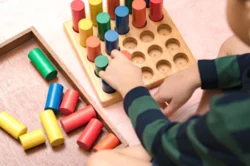
Sensory toys provide different types of sensory stimulation, such as tactile, visual, auditory, and olfactory. This can help improve a child’s sensory processing skills, which can have a positive impact on their overall development.
8. Sensory Toys Encourage Fine and Gross Motor Skills

Many sensory toys require hand-eye coordination, dexterity, and strength to manipulate, which can help children develop their fine and gross motor skills. For example, squeezing a stress ball or throwing a ball can help improve hand-eye coordination and gross motor skills.
9. Sensory Toys Help Regulate Emotions

Children with ASD may struggle to regulate their emotions when they experience strong feelings, such as anxiety or frustration. Sensory toys can help regulate emotions by providing a way to release tension, such as squeezing a stress ball or bouncing on a yoga ball.
10. Sensory Toys Offer Multi-Sensory Experiences

Children with ASD often benefit from multi-sensory experiences, which can help stimulate their senses and promote learning. Sensory toys that offer more than one type of sensory stimulation, such as a fidget cube that can be manipulated and clicked, can help promote multi-sensory experiences for children with ASD.
In conclusion, sensory toys can be an effective tool for facilitating learning and development for children with ASD. They offer a range of benefits, from improving communication and social skills to providing sensory stimulation and promoting emotional regulation. By incorporating sensory toys into a child’s daily routine that are specific for that child and their needs, parents and caregivers can help support their child’s overall development and well-being.
related blogs
When most people think about the senses, the traditional five often come to mind: sight, sound, taste, touch, and smell.
Sensory processing disorder (SPD) often flies under the radar, yet it plays a crucial role in understanding the complexities of
Sensory Processing Disorder (SPD) is a complex condition that manifests in various ways, depending on how individuals process sensory information.
Attention Deficit Hyperactivity Disorder (ADHD) and Sensory Processing Disorder (SPD) are two conditions frequently discussed in pediatric development and mental
Language development is a crucial part of a toddler's growth, and fostering this skill can have lasting impacts on their



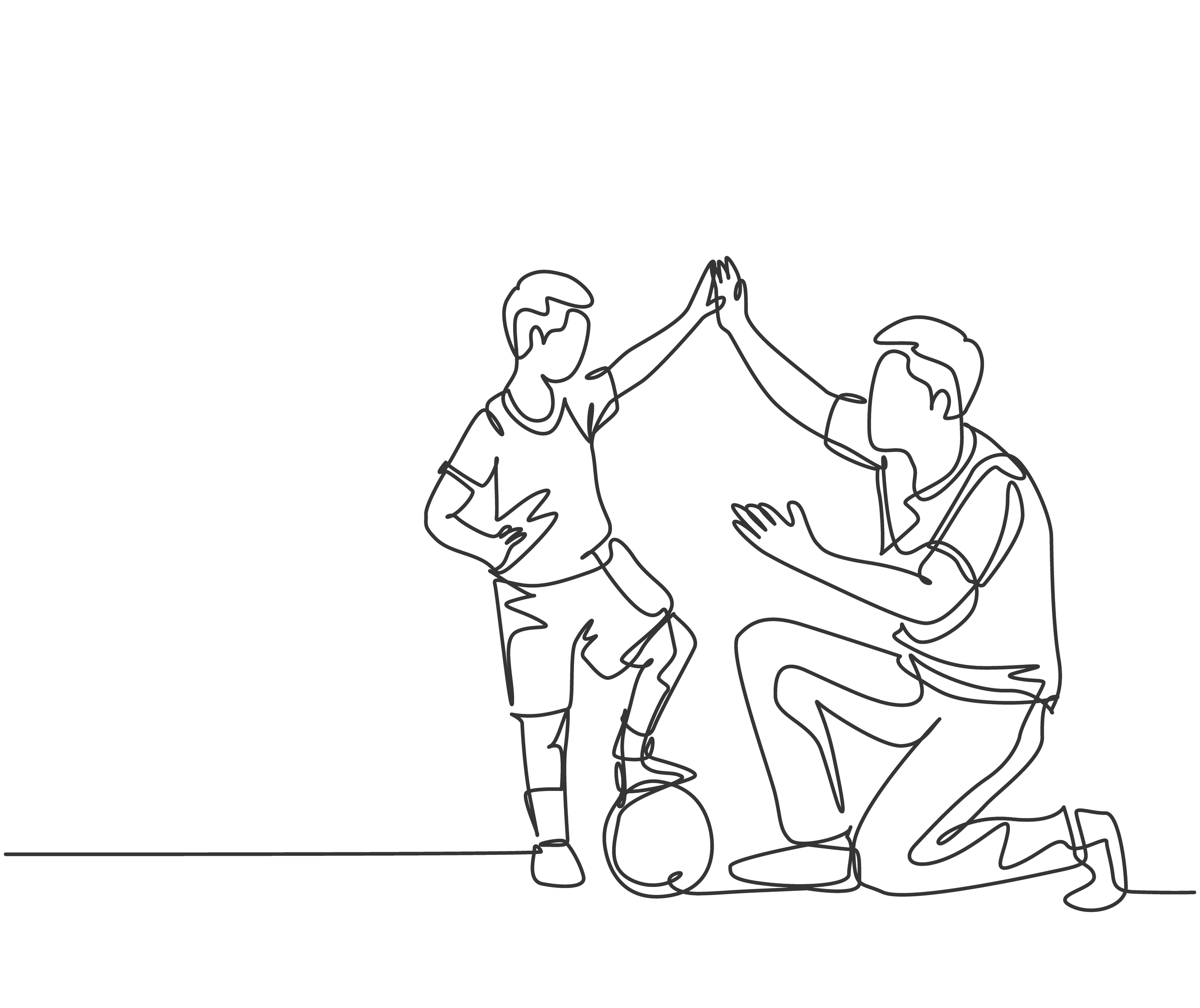








 Speech Therapy
Speech Therapy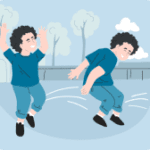 Physical Therapy
Physical Therapy Occupational Therapy
Occupational Therapy

